New Energy Vehicle Market Enters New Stage of Development in 2021
Sales and penetration rate of new energy vehicles in China have accelerated in 2021, ushering in a new stage of development.
According to the data released by China Association of Automobile Manufacturers, more than 2.5 million new energy vehicles were sold in China from January to October 2021. Chinese Academy of Sciences academician Ouyang Minggao predicted that the overall sales of new energy vehicles in China will reach around 3.3 million units this year.
Ouyang Minggao stated that the number might reach 5 million units next year, and probably higher if there is no shortage of battery and chip supplies and production capacity. He mentioned the above at the annual media communication event of the China EV 100 on November 2, 2021. He believes that this year’s market growth exceeded expectations, but is logical since it is the result of technological progress, rich product offers, and favorable policies.
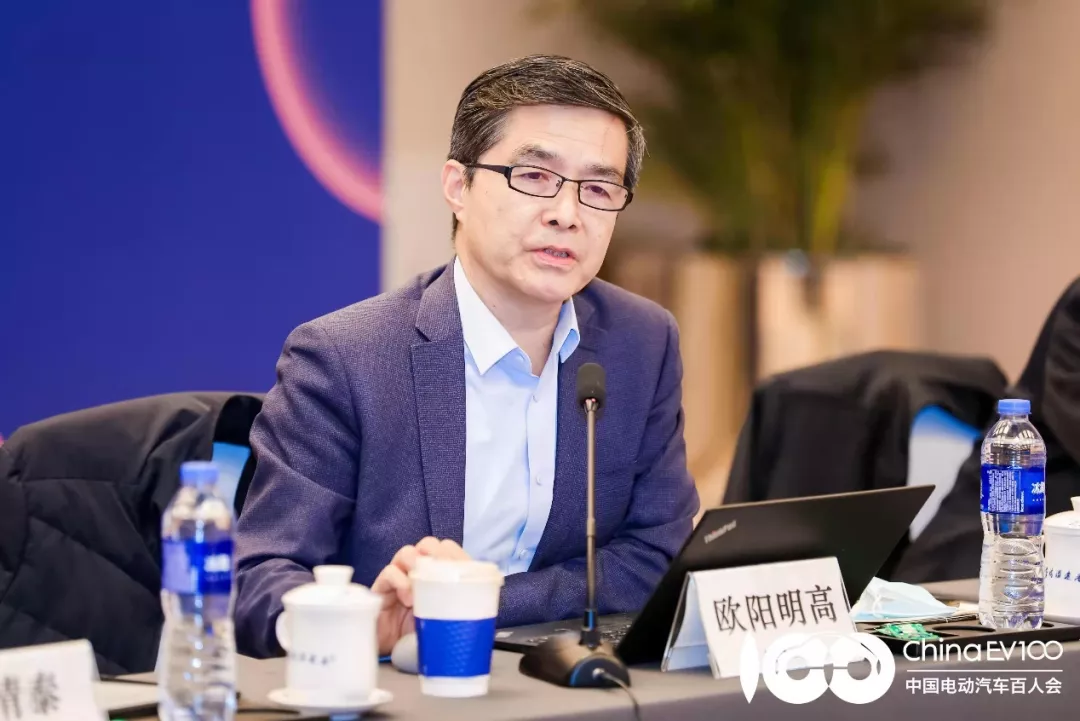
With the continuous improvement in battery technology and cost reduction, pure electric driven products have covered all models, laying the foundation for rapid growth.
According to the S-curve, new energy vehicles have entered a steep growth period. He believes that the market share of new energy vehicles will definitely exceed 20% next year. If we look at it on a monthly basis, the market share is expected to exceed 30% by the end of December next year.
There are various predictions for the future ten years of new energy vehicles, both domestically and internationally. Generally, the international predictions are more radical and optimistic.
Ouyang Minggao introduced that in May of this year, the International Energy Agency (IEA) released a global decarbonization roadmap, which stated that the global electric vehicle sales will increase 18 times from 2020 to 2030 and annual sales by 2030 will reach 55 million units. This is a relatively radical prediction, calculated according to the decarbonization requirements. The conservative prediction is that global electric vehicle sales will reach 30 million units in 2030.
Taking into account the comprehensive factors of international predictions and domestic market, he estimates that China’s new energy vehicle sales will be between 7 million units and 9 million units by 2025, and between 17 million units and 19 million units by 2030. In terms of the ownership, the number will exceed 30 million units by 2025, approximately 100 million units by 2030, nearly 200 million units by 2035, and approximately 300 million units by 2040.
At present, domestic brands have certain competitive advantages, but it is foreseeable that joint venture enterprises will collectively exert their efforts in the following years, and it is expected to enter the fierce competition period in 2023. He believes that the next five years will be the window period for the market and that the market will be in a high-speed growth stage. There will be no significant pressure on enterprise survival, but a batch of companies will be eliminated after five years.Overall, the trend of the new energy vehicle market looks promising. However, along with the explosive growth of the market, a series of challenges have arisen, involving battery technology, charging and swapping technology, and hydrogen fuel cells. Ouyang Minggao provided a detailed explanation around the challenges and solutions that new energy vehicles may face in the next stage of development.
Huge Demand for Battery Materials, Recycling is Key
Ouyang Minggao introduced that with the explosive growth of electric vehicles, sustainable development of power batteries is of great concern, including carbon emissions and material recycling throughout the life cycle of power batteries, the mid-to-long-term development roadmap of battery material systems, and the intelligence of the entire power battery chain.
In terms of installations, from January to September 2021, a total of 92 GWh of power batteries were installed in vehicles. He expects the total installed capacity of power batteries to be around 150 GWh by the end of this year, around 600 GWh by 2025, and between 1500-2000 GWh by 2030.
Based on the total number of new energy vehicle holdings, it can be predicted that the total holdings of vehicle-mounted batteries in China will exceed 2000 GWh by 2025, over 7000 GWh by 2030, and over 15000 GWh by 2035.
The booming electric vehicle market has stimulated rapid expansion of upstream battery industries. Ouyang Minggao introduced a statistical data, stating that the planned production capacity of China’s power battery industry will reach 1000 GWh in 2023, and nearly 2500 GWh in 2025.
The planned production capacity in 2025 is more than four times the predicted installed capacity that year, and the planned production capacity far exceeds the annual output of power batteries. The problem of excess production capacity needs to be taken into consideration.
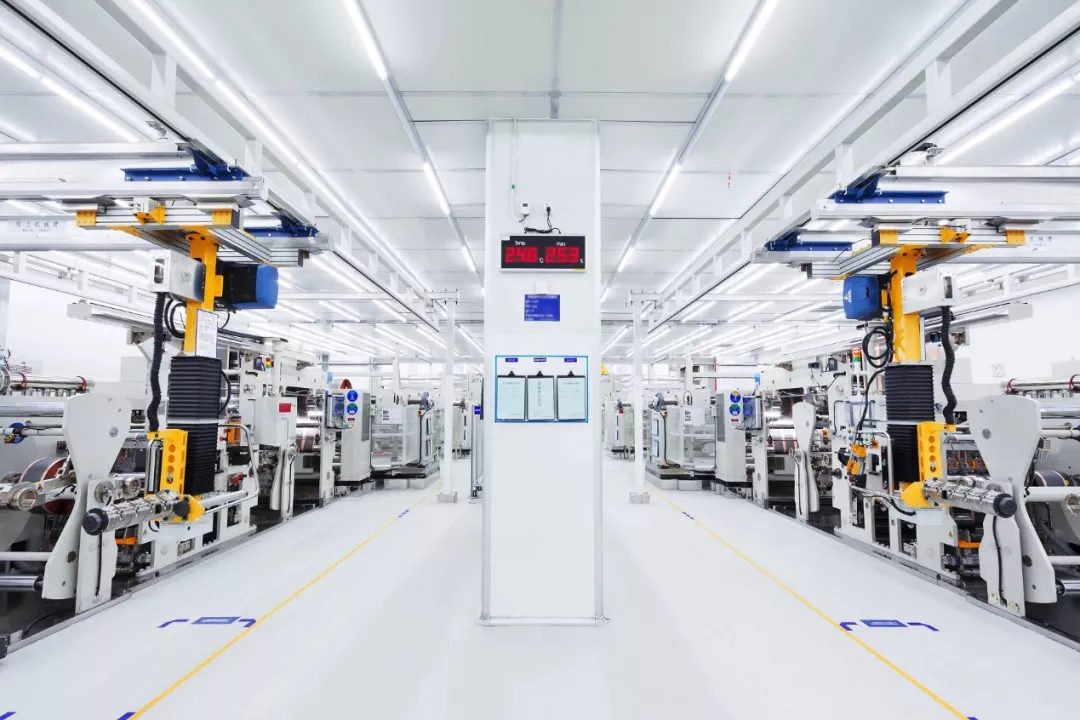
At the same time, the rapid expansion of battery production will stimulate periodic price increases for upstream materials, while also raising concerns in the industry about material resource shortages.
Ouyang Minggao introduced that from the perspective of the mining potential of core battery materials such as lithium, manganese, and nickel, the global economically recoverable reserves of lithium resources are 21 million tons, and the 811 battery material system can produce 2000 billion kWh of batteries. Based on an average of 100 kWh per car, 2 billion electric vehicles can be produced.
He believes that the reserves of lithium resources do not need to be worried about, and the surplus of manganese is even richer. However, the resources of cobalt are not so optimistic, with an economically recoverable reserve of only 7.1 million tons. Based on this calculation, only 950 billion kWh of batteries can be produced.
On the surface, the risk of battery material shortage lies in cobalt resources. However, the implicit problem is that global resource distribution is extremely uneven, which also brings risks of material shortage.He introduced that 3/4 of lithium mines are located in Australia, Chile, and Argentina, while two-thirds of cobalt mines depend on the Democratic Republic of Congo in Africa, and half of nickel mines depend on Indonesia and Russia.
Therefore, the recycling and reuse of power batteries are very important, and another problem brought by circular utilization is energy consumption and emissions. Taking the example of ternary 811 lithium-ion batteries, the carbon emissions throughout the life cycle are about 87kg per kilowatt-hour.
The primary reason for the relatively high carbon emissions of ternary lithium batteries is the preparation of positive electrode materials. The carbon emissions throughout the life cycle of the iron phosphate lithium battery are about one-third lower than that of the ternary 811 chemical system, and the carbon emissions of sodium-ion batteries will be even lower.
How to solve the carbon emissions problem? Ouyang Minggao proposed three suggestions:
Firstly, clean up the electric energy. The battery industry chain should move towards the west as much as possible, and Sichuan, Guizhou, Yunnan, and Qinghai are very suitable places. This is a fundamental way to use renewable energy and local resource advantages.
Secondly, recycle and utilize used batteries. From the perspective of recycling, the total amount of batteries that need to be recycled and stepwise utilized in China in 2025 will reach 125 GWh.
Currently, there are three main methods for recycling power batteries: dry, wet, and physical recovery. Among them, physical recovery, battery repair, and material regeneration are the most recommended innovative technologies.
From the potential of reducing emissions throughout the life cycle of power batteries, physical recovery can reduce emissions by more than 50%, wet recovery can reduce emissions by 32%, and pyrochemical recovery can reduce emissions by 3-5%, under the existing power structure.
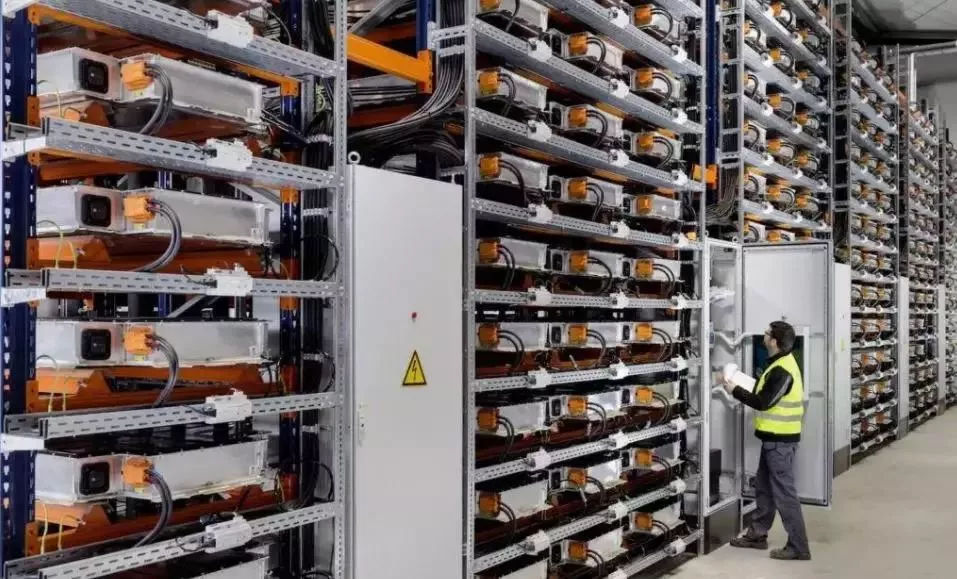
Thirdly, improve the production process of the entire industry chain and improve the energy efficiency of key links. Simply put, we need to tap into the performance potential of existing materials. Each battery material has a theoretical specific capacity, but it is difficult to produce actual batteries that reach the theoretical value.
The core idea of the EU’s 2030 Battery Plan is to achieve intelligent production and recycling throughout the entire process, that is, to reduce the gap between the actual performance and theoretical value of batteries by half through intelligent design, to approach 100% utilization of recycled raw materials through intelligent recycling, and to reduce the carbon footprint throughout the life cycle by half.
Supercharging, fast swapping, and orderly charging have different scenarios
At present, there are more and more electric vehicles with long endurance, and consumers’ mileage anxiety is significantly reduced, but concerns about how to charge the vehicle after the endurance is improved are emerging. Super-fast charging is a solution, but the charging rate is too high, and the battery, vehicle, and power grid cannot withstand it.
Ouyang Minggao mentioned that to achieve super-fast charging, the battery needs to have a charging capacity of 4C-6C multiplier rate, and the voltage of the vehicle platform needs to be increased to 800 volts or above, while the problem of power grid load needs to be solved by discharging the energy storage battery.He further discussed that fast-charging technology needs to solve safety issues without affecting battery life, and the most difficult part is the fast-charging potential of the power battery itself. The charging process is most likely to cause safety accidents, mainly because fast charging causes lithium dendrites to cause internal short-circuits.
To this end, in addition to the development of dendrite-free fast charging technology, it is also necessary to choose the super fast charging interval and amplitude. Studies have shown that it is more appropriate to charge 1/3 of the electricity in 5 minutes when the electricity is below half. Charging the battery to full will encounter many problems, such as safety, lifespan, and heat generation.
He believes that super fast charging should mainly be used for emergency power supply on highways, such as 600 km cars, which is relatively scientific and reasonable to charge 1/3 of the electricity in 5 minutes.
If we want to make super-fast charging based on discharging of energy storage batteries, where do the energy storage batteries come from?
Ouyang Minggao talked about two methods. First, directly bring charging stations with energy storage, but the cost is too high; second, combine with battery swapping, and use spare batteries for swapping to be energy storage batteries.
Currently, the trend of fast swapping for commercial vehicles is very obvious. “For trucks with high duty rates, heavy loads, and short-distance transportation, such as mining areas, construction sites, steel mills, ports, etc., this is the first thing to do, and it will gradually expand to cities and highways in the future.”
He believes that the combination of fast charging and fast swapping, and fast swapping for commercial vehicles and fast charging for passenger vehicles, and using spare batteries for swapping as energy storage batteries for fast charging of passenger vehicles will be a solution of complementary advantages and shared resources.
Moreover, he predicts that the use of fast-charging and fast-swapping stations will be very similar to the habits, frequency, and location of refueling for conventional vehicles. Therefore, he believes that large energy companies are very suitable for building fast-charging and fast-swapping coupling stations at refueling stations.
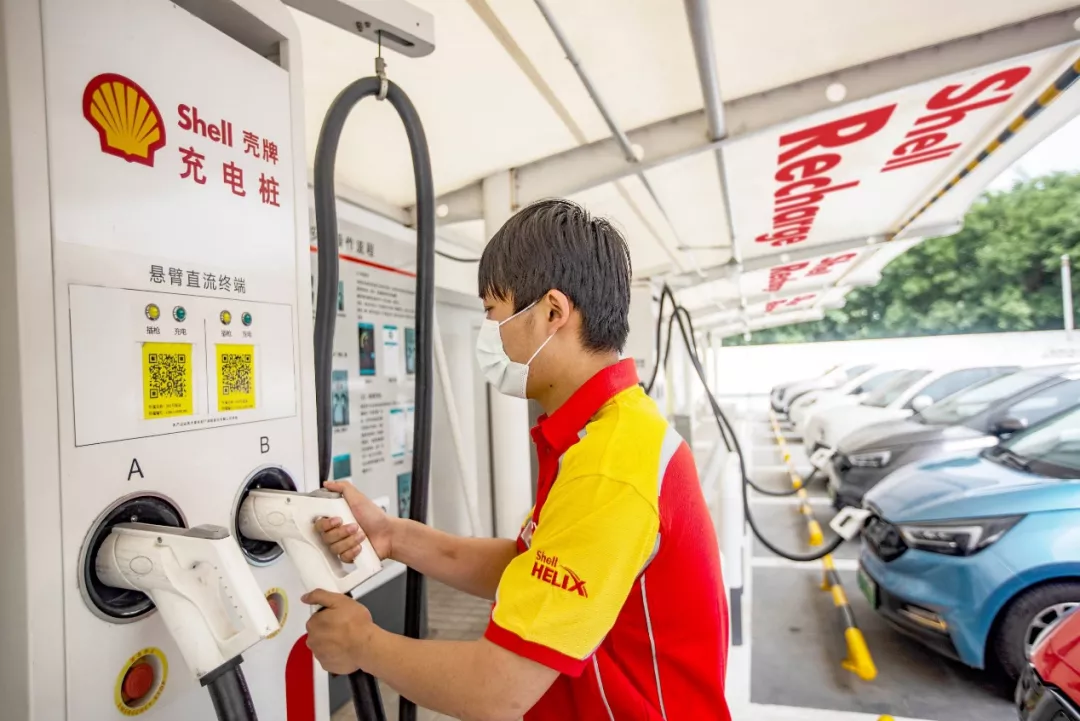
There are also certain hidden dangers in slow charging. According to statistics, 75% of the current charging volume of household electric vehicles is obtained through slow charging, and slow charging is mainly carried out at home. As the number of electric vehicles rapidly increases, slow charging will put a lot of pressure on the power load.
“Everyone charges when they get home from work, and the power system can’t handle it. This problem has already appeared in places like Shenzhen,” Ouyang Minggao said.
The era of disorderly charging is about to end, and it will enter the stage of orderly charging. There will be a back-end to manage charging, adjust charging to the low valley of power load through electricity price mechanism, and Shenzhen has started to demonstrate this.
“The information network that manages charging will intelligently dispatch the charging energy of the power grid, and the embryonic form of the energy Internet has appeared. This is a very, very big thing.”
He further discussed that orderly charging is still a one-way flow of energy, and the next step of development is bidirectional flow, where electric vehicles can both charge and discharge.With the transition to renewable energy, wind and photovoltaic power generation is highly volatile. Storing excess electricity during times of abundance and releasing it when there’s a shortage will greatly increase the value of energy storage and the disparity in electricity prices, thereby allowing electric vehicles to function as energy storage devices.
Hydrogen Fuel Cell Technology Reaches a Technological Inflection Point with an 85% Cost Reduction Forecast Over a Decade
“My overall outlook on hydrogen and fuel cells is optimistic, not pessimistic, especially when looking at the entire hydrogen picture. Fuel cells are just one part of hydrogen energy, but they are the pioneering and leading part,” said Ouyang Minggao regarding his long-term attitude toward hydrogen fuel cells.
He noted that hydrogen fuel cell technology has made significant breakthroughs over the past few years and has reached an inflection point in its technological development, slightly lagging behind battery technology, which reached its inflection point more than a decade ago.
At present, hydrogen fuel cell technology is entering a rapid cost reduction phase, which is essentially the same as the logic when the cost of battery technology began to decrease rapidly about ten years ago. Ouyang Minggao noted that the cost of hydrogen fuel cell technology will decrease by approximately 85% over the next decade.
Currently, large-scale commercial demonstrations of hydrogen fuel cell vehicles are underway. During the upcoming Beijing Winter Olympics, they plan to run over 1,000 fuel cell vehicles in demonstration operation, and more than 30 hydrogen refueling stations have been built, the largest fuel cell vehicle demonstration in the world.
According to China’s hydrogen fuel cell vehicle technology roadmap, the number of hydrogen fuel cell vehicles is expected to reach 50,000-100,000 by 2025 and 800,000-1 million by 2030- 2035.
Ouyang Minggao noted that the predictions are still unchanged. He said, “The next five years will be a crucial period for hydrogen fuel cells, and in 2025, we will make a decisive judgment; for now, we are only making preliminary judgments.”
Currently, the most significant advantages for hydrogen fuel cell vehicles are still in the commercial vehicle market. Ouyang Minggao indicated that it is unlikely for hydrogen fuel cell technology to compete with electric vehicles in the passenger vehicle market, as the future for battery technology is already quite clear, and the electric passenger vehicle market has exploded, making a change to hydrogen fuel cell technology unlikely in the medium to long term.
Additionally, Ouyang Minggao mentioned that electric vehicles only need to achieve an individual point breakthrough in battery technology to resolve fundamental issues, whereas hydrogen fuel cell vehicles not only require fuel cells but also hydrogen production, transportation, storage, filling, and hydrogen storage in the vehicle, etc. Therefore, it is necessary to view the issue from the perspective of hydrogen energy’s broad strategy.
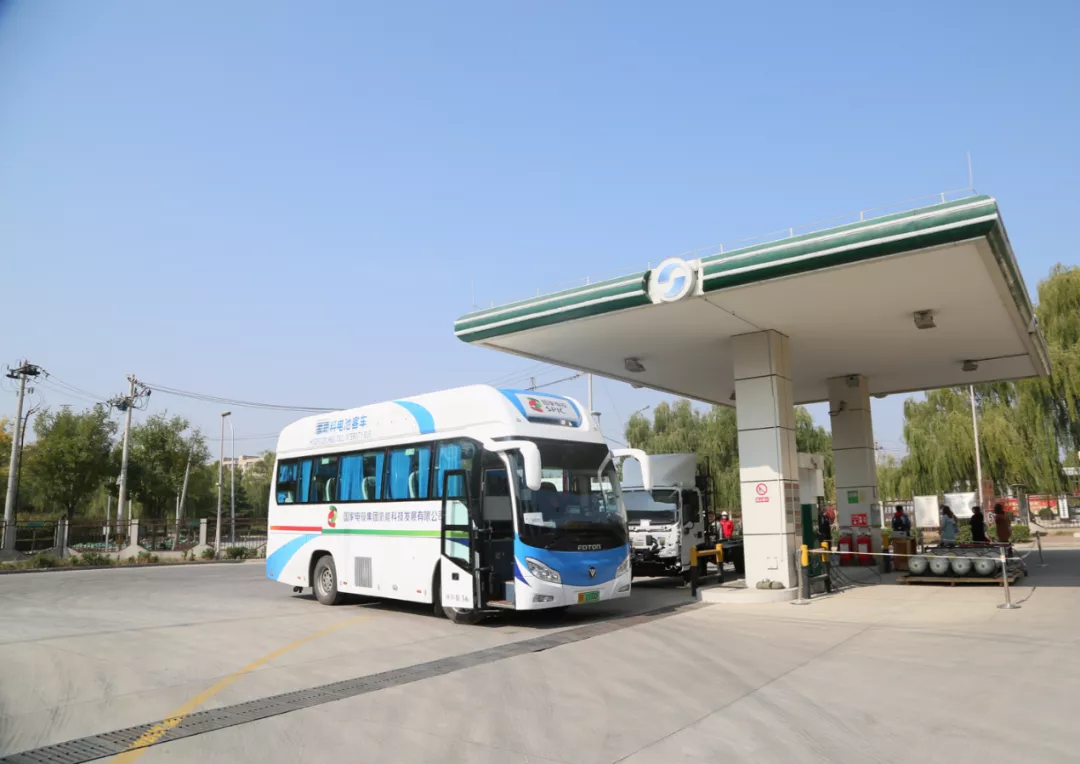
In response to these issues, he proposed three suggestions:One, advocate for a clean and low-carbon approach, and focus on green hydrogen. From the perspective of carbon neutrality and the new energy revolution, there are only two carriers of renewable energy, one is electricity and the other is hydrogen. Electricity and hydrogen are complementary in terms of power and energy storage applications. In terms of energy storage, hydrogen can be used for centralized, long-term, and large-scale storage, while batteries can be used for distributed, short-term, and small-scale storage.
The rationality of hydrogen energy mainly depends on the demand for large-scale, long-term energy storage and diversified utilization of renewable energy. The key to hydrogen is cost, which depends on the cost of green electricity. If green electricity is low enough, such as within 1.5 cents per kilowatt-hour, its economy will be reflected. This is easy to achieve in large-scale renewable energy bases, such as hydropower in Sichuan, photovoltaics in Xinjiang, and wind power in Inner Mongolia. Hydrogen energy should be developed as much as possible in these places.
Two, self-reliance and achieving new breakthroughs in hydrogen energy technology. Hydrogen energy and fuel cells are different from electricity and power batteries. The former has a long chain and many difficulties that need to be overcome urgently, including hydrogen production, storage, transportation, refueling, onboard hydrogen storage, fuel cell power, and hydrogen energy storage system technology.
At present, the urgent matter is to break through the bottleneck of industrialization, such as basic materials, catalysts, proton membranes, carbon paper, high-strength carbon fiber, safety valves, ion compressors for refueling stations, most of which cannot be produced by domestic manufacturers and have to rely on imports.
At the same time, a safe industrial chain system should be established. He mentioned that when power batteries first entered the automobile market, safety was very sensitive. Now, safety of hydrogen fuel cell is also equally important, and it is necessary to establish testing and evaluation standards, safety monitoring platforms, and carry out safety operation training.
In addition, he also pointed out that compared with power batteries, the industrial foundation and talent team of fuel cells are much weaker, and the hydrogen fuel cell industry currently lacks talent. In the direction of power batteries, China is in the leading position overall, but there is still a certain gap compared to foreign advanced levels in fuel cells.
Three, market-oriented with government guidance, following the development laws of emerging industries. He believes that the development of hydrogen fuel cell cannot rely entirely on the government. The government cannot provide comprehensive subsidies as it does for new energy vehicles, and can only choose key areas.
He said that the development of the hydrogen energy industry will be similar to that of the pure electric vehicle industry, going through an incubation period, import period, growth period, and then an explosive growth period, which will be a difficult process to undergo. Hydrogen fuel cell vehicles are about ten years behind pure electric vehicles and are currently in the product import period, about to enter the industry growth period with rapidly decreasing costs.
The impact of subsidy withdrawal on the market will not be significant
According to current policies, subsidies for new energy vehicles will continue until the end of 2022. As the new energy vehicle market enters a new development stage, subsidy policies may be officially phased out of the historical stage.For the question raised by “Electric Vehicle Observer” on whether the subsidy will continue after 2022, Ouyang Minggao did not give a clear answer, but he pointed out that from the market performance, the sales in non-subsidized cities are also good. New energy vehicles have already entered the track of marketization. Although there are no subsidies, there are other forms of encouragement policies such as double points, carbon emissions, and road rights. Therefore, the impact of the existence or not of the subsidy policy on the market will not be significant.
This article is a translation by ChatGPT of a Chinese report from 42HOW. If you have any questions about it, please email bd@42how.com.